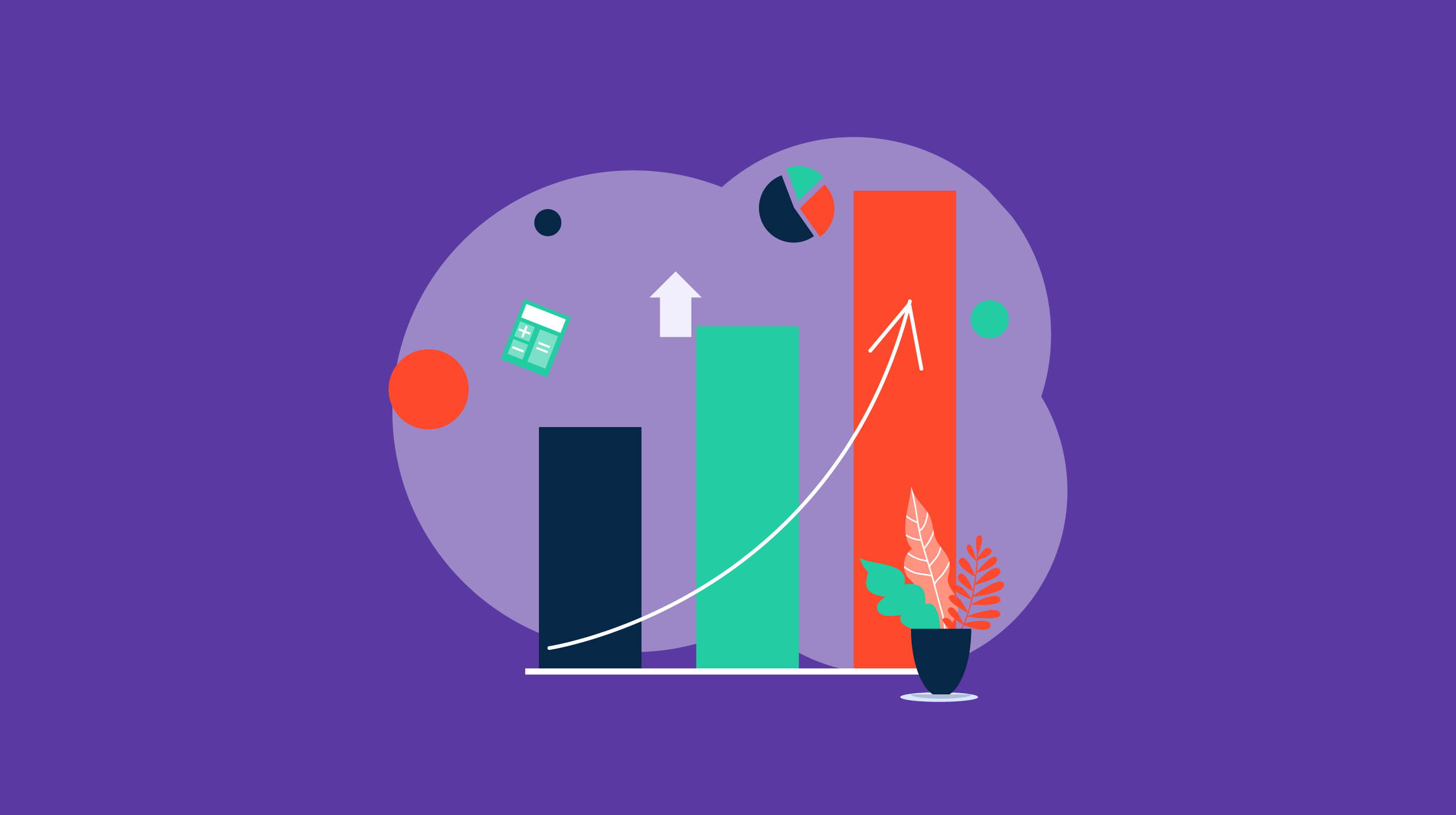5 min read
WTF is Zero-Party Data and How Can It Be Used for Advertising?
By: PadSquad on 12/5/22 4:47 PM

With the continuous disappearance of third-party cookies from the web, advertisers have had to deploy alternative ad technologies that allow them to continue to deliver effective advertising across the internet. One such growing trend in advertising is the collection of zero-party data.
As zero-party data becomes increasingly important, it is gradually revolutionizing how consumer brands and advertisers interact with their customers online. So, what really is zero-party data?
Here, we’ll answer this question and provide additional information to help you understand how zero-party data has been and is currently being used in advertising.
What is Zero-Party Data?
In simple terms, zero-party data is the data that a customer willingly and intentionally shares with a brand. The collection of zero-party data helps brands foster consumer trust while boosting personalization and customer loyalty. Zero-party data can include personal context, product preferences, personal details, and how they want to be identified by the brand.
As consumers become increasingly aware of how their data is handled, stored, and used, businesses are under increasing pressure to participate in more responsible and private data endeavors. This makes the balance between data collection and consumer privacy very difficult to achieve.
A 2021 survey by Flurry Analytics showed that a whopping 96% of U.S iPhone users opted out of app tracking in the iOS 14.5 update when it enforced the App Tracking Transparency policy. Luckily, the collection of zero-party data serves as a reliable alternative to help brands and advertisers navigate this dilemma.
Zero-party data is powerful because it is devoid of the invasiveness that other forms of data collection can have; it is all about consent. Zero-party data is given freely by the consumer, and in return, they get a personalized experience from your brand.
Why is Zero-Party Data Important in Advertising?
The most significant benefit of zero-party data is that it is linked to customer engagement and interaction. The fact that it was given freely by the customer means that brands can send out more targeted ads and offer their customers a more personalized experience. And this is possible without the need for third-party data.
Also, since zero-party data is not collected anonymously, it makes it very easy for your brand to gather insightful data that enables you to begin building more targeted, transparent, and personal relationships with your target audience. This reduces marketing waste for your brand while helping you generate higher ROI from your ad spend.
As customers willingly share their personal information in exchange for a customized experience, collecting zero-party data offers brands and their consumers a win-win situation. To ensure that this process continues, brands must be willing to always provide entertaining, interactive, and rich experiences to their audiences.
If your brand is looking to launch a successful zero-party data strategy, here are some useful suggestions to implement:
- Ensure your strategy is aligned with your overall customer data, content, and marketing strategy
- Use collected zero-party data in combination with your existing first-party data
- Before asking for customers’ data, let them understand the value they’re getting in return
How is Zero-Party Data Collected?
There is no particular way that zero-party data can be collected. Right now, there are many channels by which brands can collect zero-party data from customers without breaching data protection or privacy policies.
However, collecting zero-party data isn’t as easy as it sounds. As with apps that track customer behavior and gather data, most people will object to releasing information about themselves so easily.
The best approach to gathering zero-party data is ensuring that your audience gets the best experience and solution from your brand. Additionally, telling them how the information you gather will help improve their experience with your brand will help convert even more people. Some popular options for collecting zero-party data include:
- Registrations
- Questionnaires
- Quizzes
- Games
- Surveys
- Social media polls and surveys
- Forums
How is Zero-Party Data Different From Other Forms of Data
Although zero-party data offers advertisers and brands greater value, other forms of data are still valuable in their own ways.
First-party data: First-party data is information a business collects directly from its customers and owns via its own channels and sources.
Second-party data: Second-party data is first-party data gathered by another brand and shared with a trusted partner. Second-party data is another organization's first-party data, as they gather it directly from their audience.
Third-party data: Third-party data is data that a brand purchases from external sources that are not the original collectors of that data. In this case, you buy the data from large data aggregators that pull it from various sources, package it, and sell it to others. Advertisers mostly buy or gather shared third-party data on data marketplaces or exchanges.
The key difference between zero-party data and all other data types is the collection method. As we’ve discussed, zero-party data is voluntarily given by the consumer, whereas first, second and third-party data is generally collected via trackers like cookies without a consumer’s express knowledge as they browse your website or the open internet.
Leveraging Zero-Party Data
Now that you understand the potential of zero-party data, you can revolutionize your marketing approach and deliver tremendous value to your brand.
Feel free to contact us at PadSquad. You can leverage the expertise of our team to make the most of your advertising campaigns.
Related Posts
Introducing Sales Insights Powered by MikMak
PadSquad and MikMak Partner to Enhance Remarkable Creative Through Shoppable Experiences
Introducing Shop by PadSquad
PadSquad, in partnership with Shoppable®, announces the launch of Shop by PadSquad, an exclusive...
Shoppable Advertising Made More Remarkable with SmartShop
Digital Commerce in Ads
The holy grail of retail and product-based advertising is to tie ads to...

